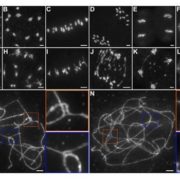
MEICA1 (meiotic chromosome association1) interacts with TOP3α and regulates meiotic recombination in rice
Blog, Plant Science Research Weekly, Research, Research Blog0 Comments
/
Hu et al. found a sterile rice mutant defective in meiosis. They mapped it to MEICA1, a widely conserved but uncharacterized protein required to ensure crossovers occur between allelic regions of chromosomes. It also inhibits allelic homologous recombination. This adds to a suite of proteins eukaryotic…
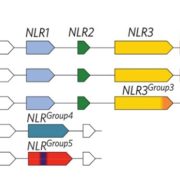
NLR locus-mediated trade-off between abiotic and biotic stress adaptation in Arabidopsis ($)
Blog, Plant Science Research Weekly, Research, Research BlogWith both biotic and abiotic stresses predicted to worsen due to climate change, the ideal crop of the future must have traits to handle both. Common abiotic stresses like drought, cold, and salinity cause osmotic stress by disrupting cell turgor. Exposure to a mild salt treatment leads some plants to…
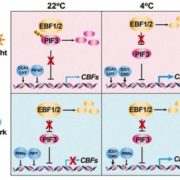
PIF3 is a negative regulator of the CBF pathway and freezing tolerance in Arabidopsis ($)
Blog, Plant Science Research Weekly, Research, Research BlogLight and temperature are two major factors affecting plants’ growth. Jiang et al. discovered a circuit (EBF1/2-PIF3-CBF) that integrates light and freezing tolerance by integrating EBF1/2 (EIN3-BINDING F-BOX 1/2), PIF3 (PHYTOCHROME-INTERACTING FACTOR 3) and CBF (C-REPEAT BINDING FACTOR). In light,…
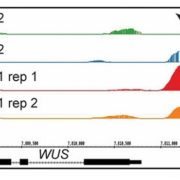
Cytokinin induces genome-wide binding of the type-B response regulator ARR10 to regulate growth and development in Arabidopsis ($)
Blog, Plant Science Research Weekly, Research, Research BlogCytokinin, one of the major plant hormones, is involved in many aspectis of plant growth and development. Over the last few decades, the biosynthetic and signaling pathways have been discovered. The mechanistic explanation to control a myriad array of gene expression is still a black box. Zubo et al.…
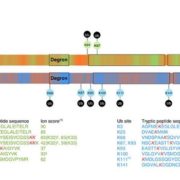
Variation in auxin sensing guides AUX/IAA transcriptional repressor ubiquitylation and destruction
Blog, Plant Science Research Weekly, Research, Research BlogSubfunctionalization of duplicated genes (ohnologs) is known to occur through eventual differential gene regulation/expression and sequence divergence. Winkler et al. explore the example of the negative regulators of auxin signaling, AUX/IAA proteins IAA6 and IAA19 and how their divergent structures…
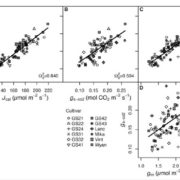
Variable mesophyll conductance among soybean cultivars sets a tradeoff between photosynthesis and water-use-efficiency
Blog, Plant Science Research Weekly, Research, Research BlogBoosting photosynthetic efficiency in crop species has long been a goal since efficiency of photosynthesis is a critical factor in crop yield. One strategy for improving photosynthetic rates is enhancing mesophyll conductance to carbon dioxide. Tomeo and Rosenthal examined 12 cultivars of soybean (Glycine…
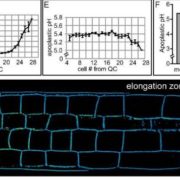
Auxin steers root cell expansion via apoplastic pH regulation in Arabidopsis thaliana
Blog, Plant Science Research Weekly, Research, Research BlogBarbez et al. introduce a fluorescent dye (8-hydroxypyrene-1,3,6-trisulfonic acid trisodium salt, HPTS) to track apoplastic pH in Arabidopsis roots and uncover some nuances in the auxin acid growth hypothesis. A sudden spike in auxin, perhaps counter-intuitively, causes a transient alkalization of the…
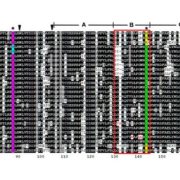
Flowering time in banana (Musa spp.), a day neutral plant, is controlled by at least three FLOWERING LOCUS T homologues
Blog, Plant Science Research Weekly, Research, Research BlogFlowering time is regulated by FLOWERING LOCUS T (FT), its paralog TWIN SISTER OF FT (TSF), and related proteins. Banana (Musa spp.) is an economically-important day-neutral plant with a months-long vegetative phase prior to flowering. The banana cultivar Grand Nain has 14 FT/TSF-like genes spread…
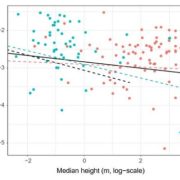
Plant size: a key determinant of diversification
Blog, Plant Science Research Weekly, Research, Research Blog
Diversification in plants is driven by many factors, but one trait, plant size, has been systematically overlooked, in contrast with the zoological field where the influence of body size on diversification has long been recognized. In this Viewpoint paper, Boucher et al. try to convince us why we…

